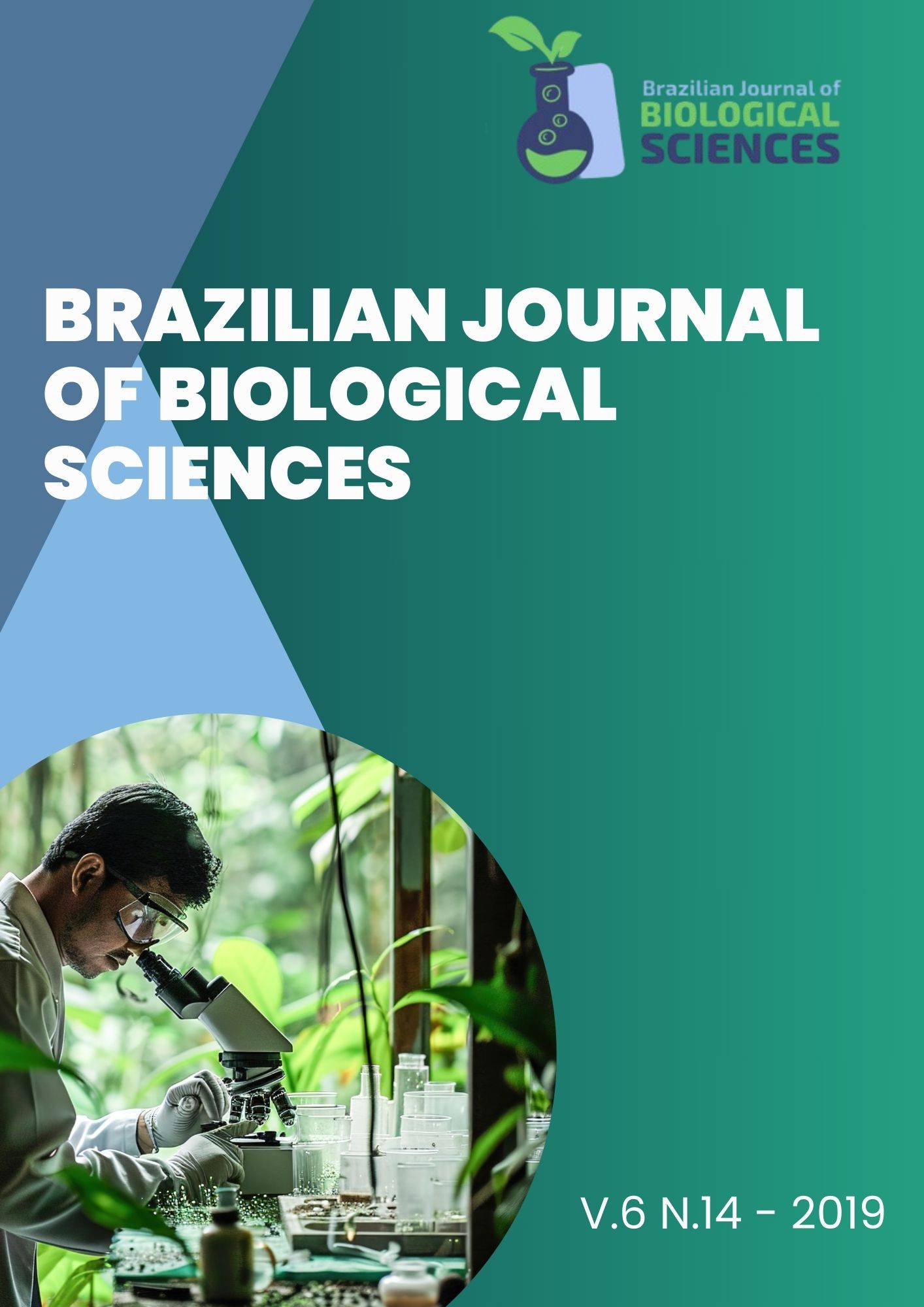Estimating the enzyme specificity and glucose concentration of sugar solutions
Rishan Singh
e405
The function of the human body are controlled by enzymes and hormones. Similarly, in the laboratory, the enzyme, glucose oxidase, is used to hydrolyse glucose. In the human body, glucose and insulin control blood glucose levels, which are dependent on food intake. In this study, the enzyme specificity and glucose...





